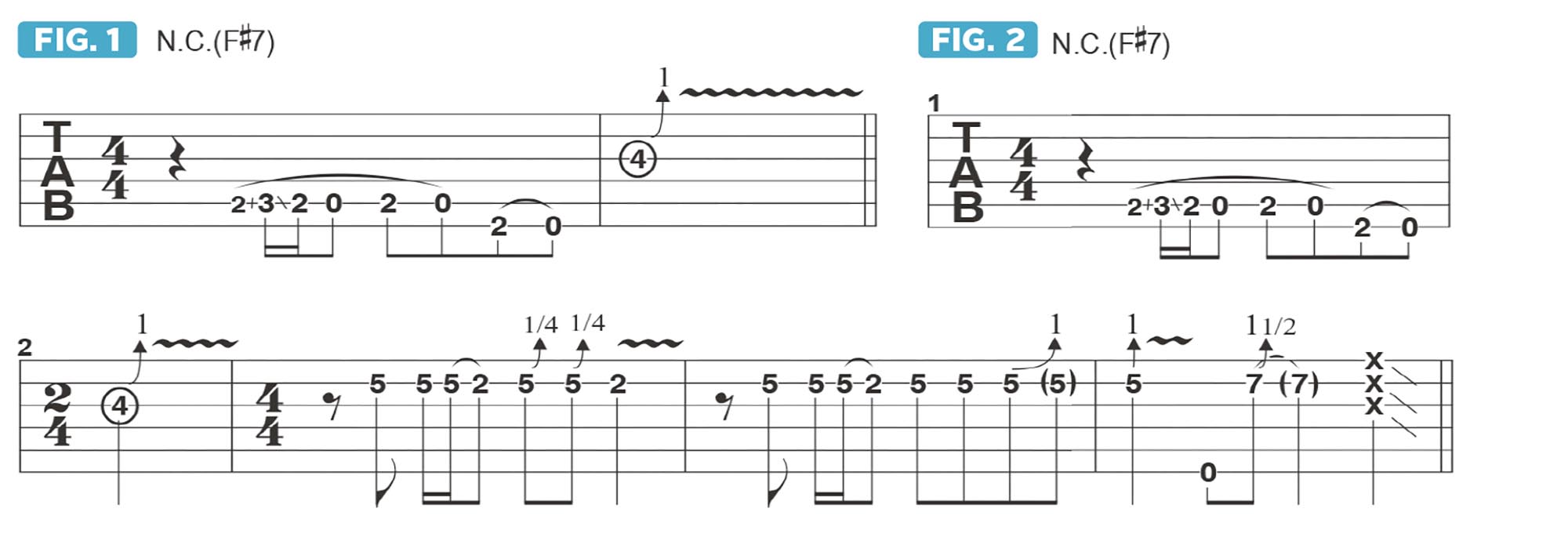“He was one of my greatest heroes… His attack, tone, vibrato and melodic sense was peerless”: Joe Bonamassa pays tribute to Jeff Beck as he shares his favorite licks from the guitar icon
With a Les Paul in hand, Bonamassa checks in from Nerdville to give a lesson in the style of the late, great Jeff Beck

I’d like to talk about my admiration for the late, great Jeff Beck. I shudder even saying those words; I never in my lifetime thought there would be a world without B.B. King and Jeff Beck. He was one of my greatest heroes, as he was for millions of others and just about anyone that’s ever picked up a guitar.
Jeff’s playing was so expressive – his attack, tone, vibrato and melodic sense was peerless. If you ask anyone who their favorite rock guitarists are, more often than not the answer will be Eddie Van Halen and Jeff Beck. To many, those were the two greatest ever within the realm of rock guitar.
For about the first 10 years of his career, Beck’s axe of choice was a Les Paul, and the records he cut with it, such as Beck’s Bolero, Rock My Plimsoul, Blues Deluxe, You Shook Me, Got the Feeling and You Know What I Mean, feature some of the most iconic Les Paul sounds of all time.
Yes, he used a Broadcaster in the early Yardbirds days, and also a Stratocaster with the Jeff Beck Group, but the sound he produced with a Les Paul was beyond glorious. By 1976’s Wired, he’d moved over to playing the Strat, as the tremolo arm became essential to his style.
The way I got introduced to Beck was hearing this riff, illustrated in Figure 1, which is along the lines of the intro to Let Me Love You, from his first solo album, Truth. I heard that and was sold! Not a lot of notes, just a big Les Paul with a gigantic, fat sound.
Figure 2 expands on this intro riff with a longer single-note phrase, which is based on the F# minor pentatonic scale (F#, A, B, C#, E).
On the Les Paul, Beck had many signature riffs that are mind-blowing. Figure 3 recalls a few licks in his Let Me Love You style, characterized by a sharp attack, staccato phrasing and perfect, vocal-like vibrato.
All the latest guitar news, interviews, lessons, reviews, deals and more, direct to your inbox!
Jeff would also purposely do things to “mess stuff up,” such as adding aggressive pick slides down the neck, or pressing down on muted strings and strumming hard to produce the high-pitched, otherworldly sounds on Ice Cream Cakes.
Figure 4 offers a handful of riffs not unlike what you’ll hear on that incredible track, moving from riffs based on A major pentatonic (A, B, C#, E, F#) to ones oriented around its relative minor F# minor pentatonic scale (F#, A, B, C#, E).
In bar 3, I’m utilizing a staccato attack to sound the B note, bent up one whole step to C# and then slowly released back to B, followed by a fast, aggressive vibrato on F#. In bars 4 and 5, I emulate Jeff’s deft use of half-steps bends, quickly alternating between F# and E bent a half step up to F. I wrap up the phrase with expressive whole-step pull bends and releases on the lower strings.
Beck did so many things with the guitar that left me feeling, “I wish I had thought of that!” There are so many things he did that no one had ever done before, and once he had, everyone copied him.
His Les Paul-straight-into-a-Marshall solo on Blues Deluxe just cannot be beat – it’s angry and visceral and filled with so many inflections that I utilize every day, as do most players working within the blues and rock context. We owe it all to the great Jeff Beck.
Joe Bonamassa is one of the world’s most popular and successful blues-rock guitarists – not to mention a top producer and de facto ambassador of the blues (and of the guitar in general).




